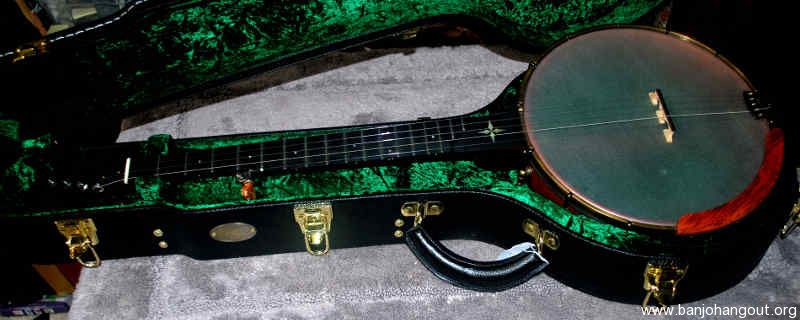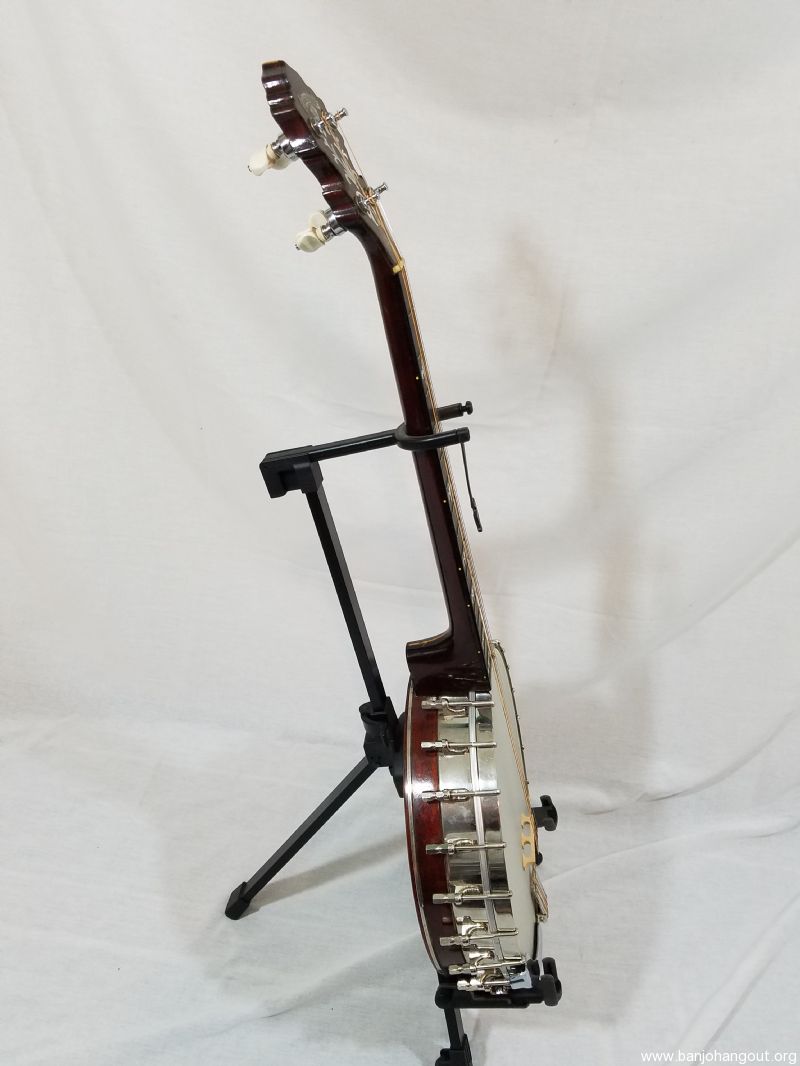

Learning ResourcesĪs the tenor banjo has a mostly oral tradition in Irish culture definitive version of the melodies are somewhat hard to obtain. While standing, a strap is used to keep the banjo at a high enough position on the torso that the wrist of the fretting hand is a straight as possible to prevent injury. When sitting, the banjo is typically placed between the slightly spread thighs of the player with the non-dominant hand fretting and the dominant using the plectrum. Where long notes are required a form of tremolo picking is usually used to sustain the presence of the banjo in the melodic tapestry, and in slower passages the use of extra strikes in a complimentary rhythm is usual. The sustain of the banjo is quite short in comparison with other lead instruments. As such a certain amount of interpretation of the melodies is usual with care taken to not render the melody unrecognisable. The melodies of Irish music were passed on in the oral tradition with the exception of some of the more well known composers, and the music is dominated by the dances of the day. This means that the use of a plectrum is desirable, given the tempo and technical challenges of the music. This means that typically it will be expected to play the melody of the given tune along with the other lead instruments present, such as the fiddle, tin whistle and uileann pipes, with accompaniment duties given to the guitar, bouzouki or piano (if present).

The tenor banjo is a lead instrument in traditional circles. The strings of the tenor banjo are metal and made of varying thicknesses (gauges). Others are in common usage with the highest pitched string being tuned down a whole step to D to facilitate a drone string. On the musical staff, the treble clef is used and the notated pitches of the open strings are as follows:

A useful acronym to remember this tuning is “God Died At Easter”. They are (from the top of the instrument, descending) G, D, A and E. TuningĮach of the four strings is tuned to a different note. However the four string tenor banjo gained widespread popularity in traditional Irish music circles where it maintains it’s place to this day. Various forms of the instrument are in current use today in bluegrass, Appalachian, folk and country music where five and six stringed banjos are in widespread use. What makes the banjo unique is that the strings rest on a bridge which sits on a membrane, instead of the wooden soundboard usually found in other stringed instruments.ĭespite its predominance in traditional music, the banjo family of instruments’ roots can be traced back to the 17th century Caribbean, and the first references to a ‘banjo’ appear in the 18th century in North America. It consists of three main parts, the body, head and neck. The Irish Tenor banjo is a four string instrument typically used in traditional Irish music.


 0 kommentar(er)
0 kommentar(er)
